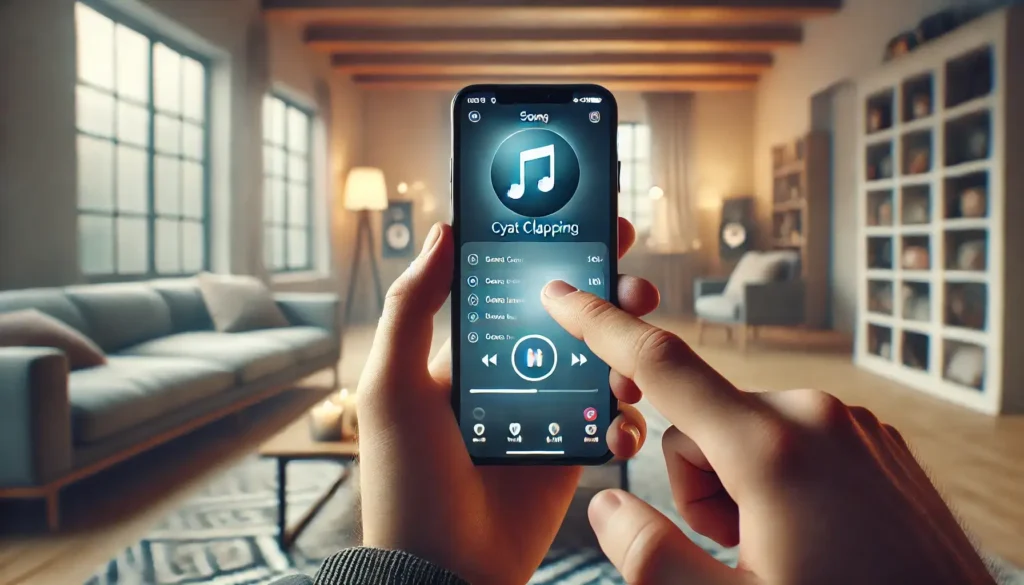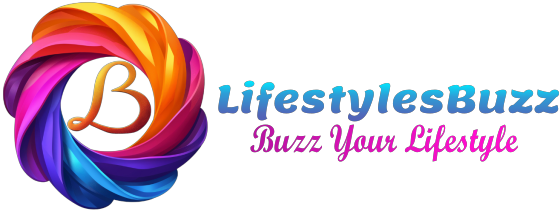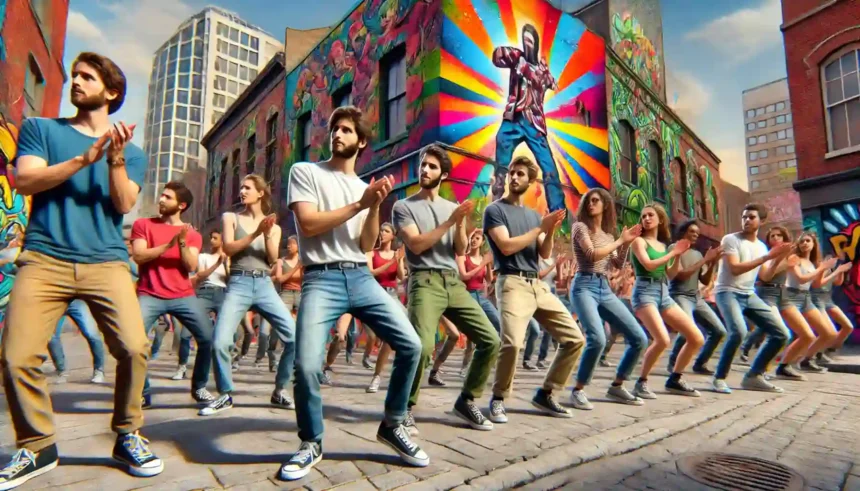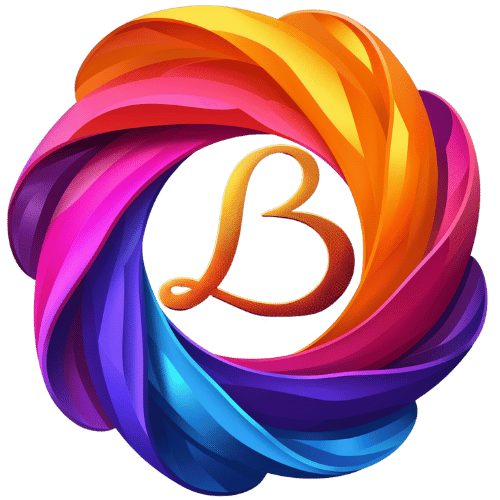The GYAT clapping trend has taken social media by storm, especially on platforms like TikTok and Instagram. This fun and energetic dance move, often accompanied by catchy music, involves synchronized clapping and body movements that create a visually engaging performance. Here’s everything you need to know about the GYAT clapping trend, including how to perfect your moves and impress your audience.
“Dance is the hidden language of the soul.” – Martha Graham, dancer and choreographer.
What is GYAT Clapping?
GYAT clapping is a dance move that combines rhythmic clapping with dynamic body movements. It’s all about coordination, timing, and having fun. The term “GYAT” is often associated with a particular sound or beat that drives the rhythm of the clapping.
Origins
The GYAT clapping trend originated from social media platforms, where users create and share short dance videos. It quickly gained popularity due to its simplicity and the energetic vibe it brings.
Key Elements
- Clapping: The primary element is synchronized clapping that matches the beat of the music.
- Body Movements: Combine clapping with coordinated body movements for a dynamic performance.
- Facial Expressions: Add expressive facial gestures to enhance the overall impact of the dance.
How to Perform GYAT Clapping
Here’s a step-by-step guide to help you master the GYAT clapping dance.

Step 1: Choose Your Music
Select a song with a clear and consistent beat. The rhythm of the music will guide your clapping and movements.
Step 2: Warm Up
Before you start, do a quick warm-up to get your body ready for the dance.
- Stretching: Focus on your arms, shoulders, and legs.
- Light Cardio: Do some light cardio exercises like jumping jacks or jogging in place to get your blood flowing.

Step 3: Learn the Basic Clap
Start by mastering the basic clapping pattern.
- Timing: Clap your hands together in sync with the beat of the music.
- Position: Keep your hands at chest level and make sure your claps are sharp and clear.
Step 4: Add Body Movements
Incorporate body movements to make your performance more dynamic.
- Side Steps: Step side to side while clapping to add movement.
- Hip Sways: Sway your hips in time with the claps for added flair.
- Arm Movements: Move your arms in different directions between claps to create visual interest.
Step 5: Practice the Sequence
Combine the clapping and body movements into a smooth sequence.
- Repetition: Practice the sequence repeatedly to build muscle memory.
- Mirror Work: Use a mirror to check your form and ensure your movements are synchronized.
Step 6: Add Your Style
Personalize your performance by adding your unique style.
- Facial Expressions: Smile, wink, or make other expressive gestures to engage your audience.
- Freestyle: Add freestyle elements or variations to make the dance your own.

Tips for Mastering GYAT Clapping
Here are some tips to help you perfect your GYAT clapping performance.
Consistent Practice
Regular practice is key to mastering any dance move. Set aside time each day to practice your clapping and movements.
Watch Tutorials
Look for online tutorials and dance videos for inspiration and guidance. Watching others perform can help you learn new techniques and improve your skills.
Record Yourself
Recording your practice sessions can help you identify areas for improvement. Watch the recordings and make adjustments as needed.
Stay Relaxed
Keep your body relaxed and avoid tensing up. Relaxed movements are more fluid and visually appealing.
Have Fun
Most importantly, have fun with the dance. Enjoy the process and let your personality shine through in your performance.
“To watch us dance is to hear our hearts speak.” – Hopi Proverb
Top Dance Trends offers insights into current and emerging dance trends. For more tips on mastering dance moves, visit Dance Tips. Discover additional performance strategies in our performance strategies section. Learn more about social media dances with our guide to viral dance trends. For more information on dance, visit Dance Spirit. To explore the latest in dance, check out Dance Magazine. For additional resources, see Dance Teacher.














Thanks for sharing. I read many of your blog posts, cool, your blog is very good.